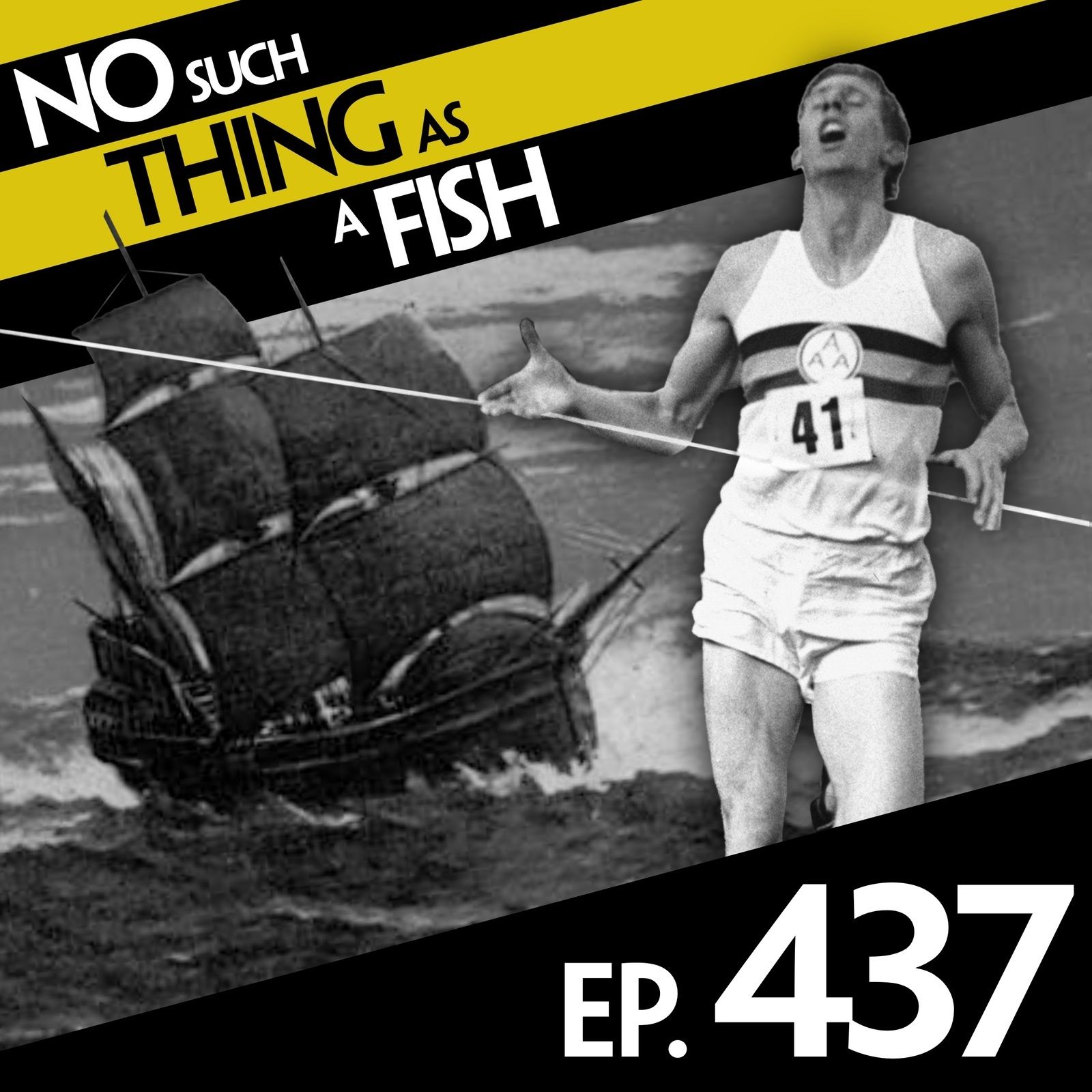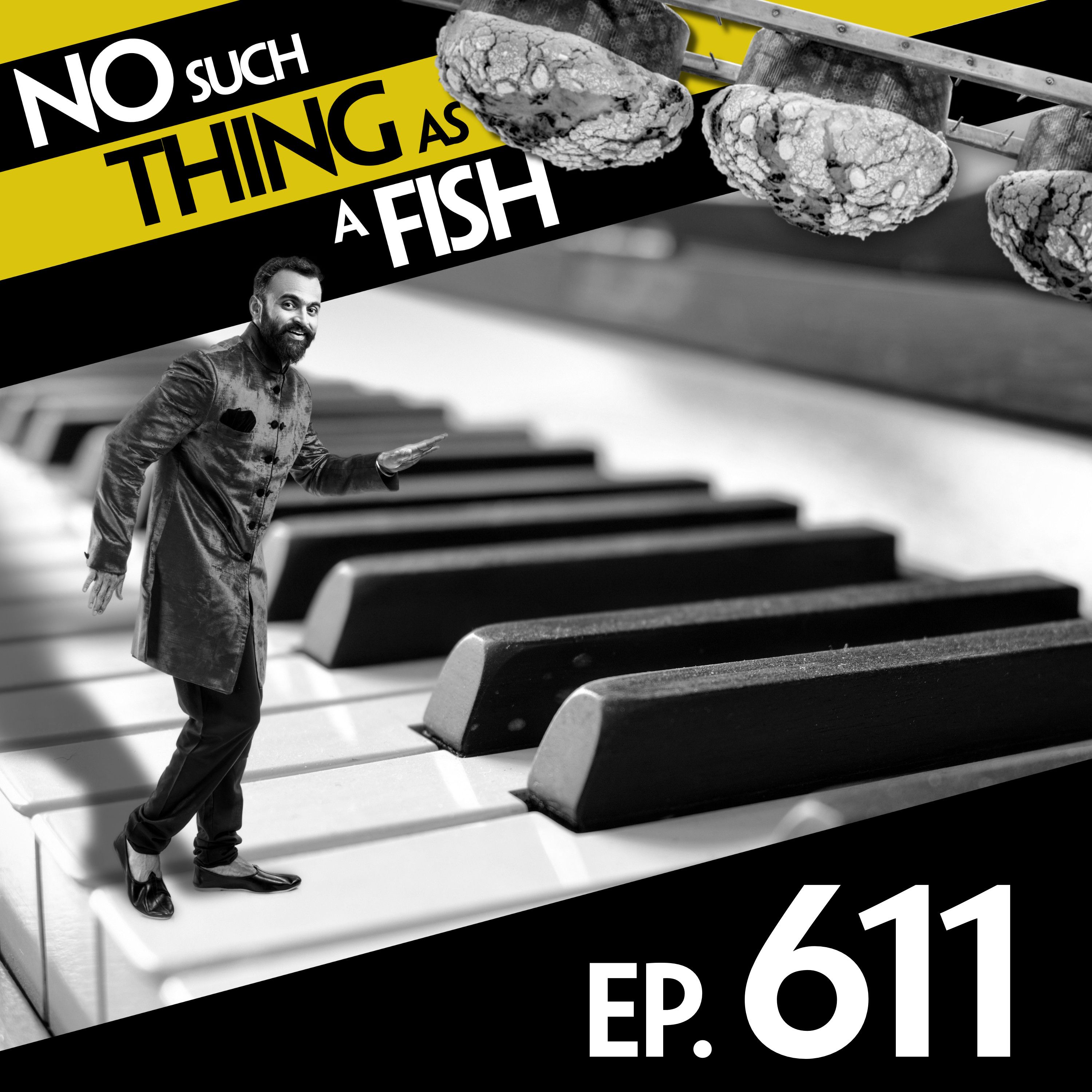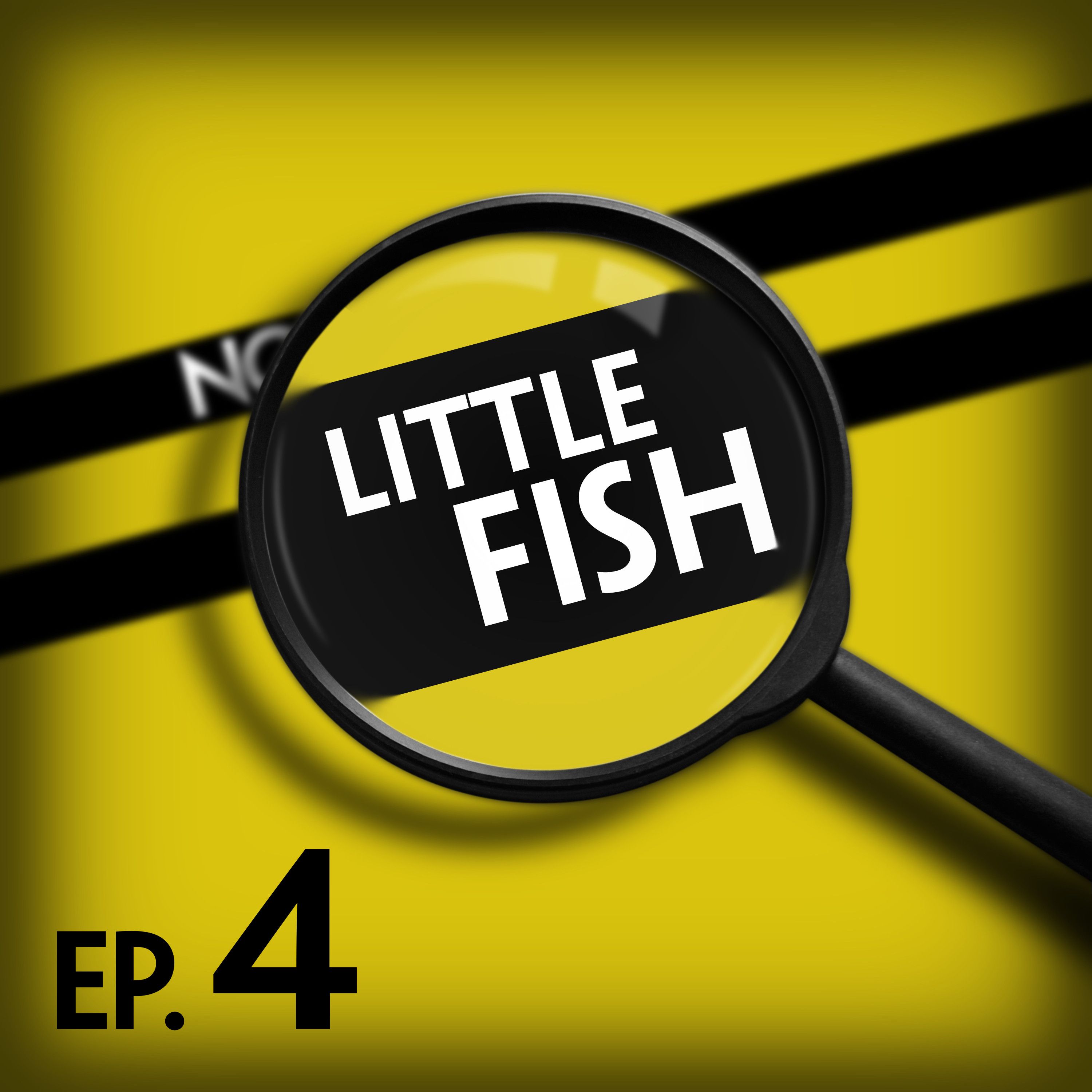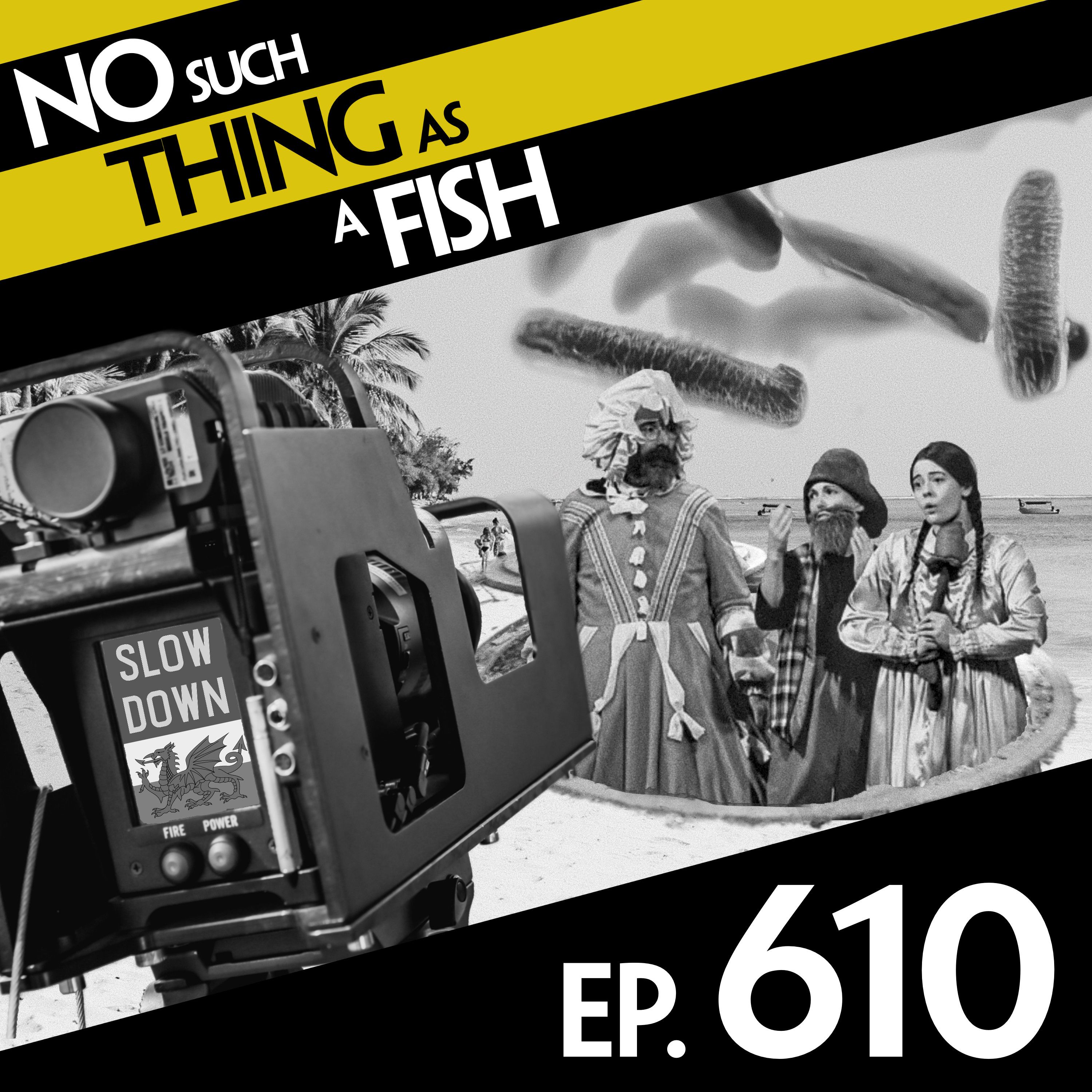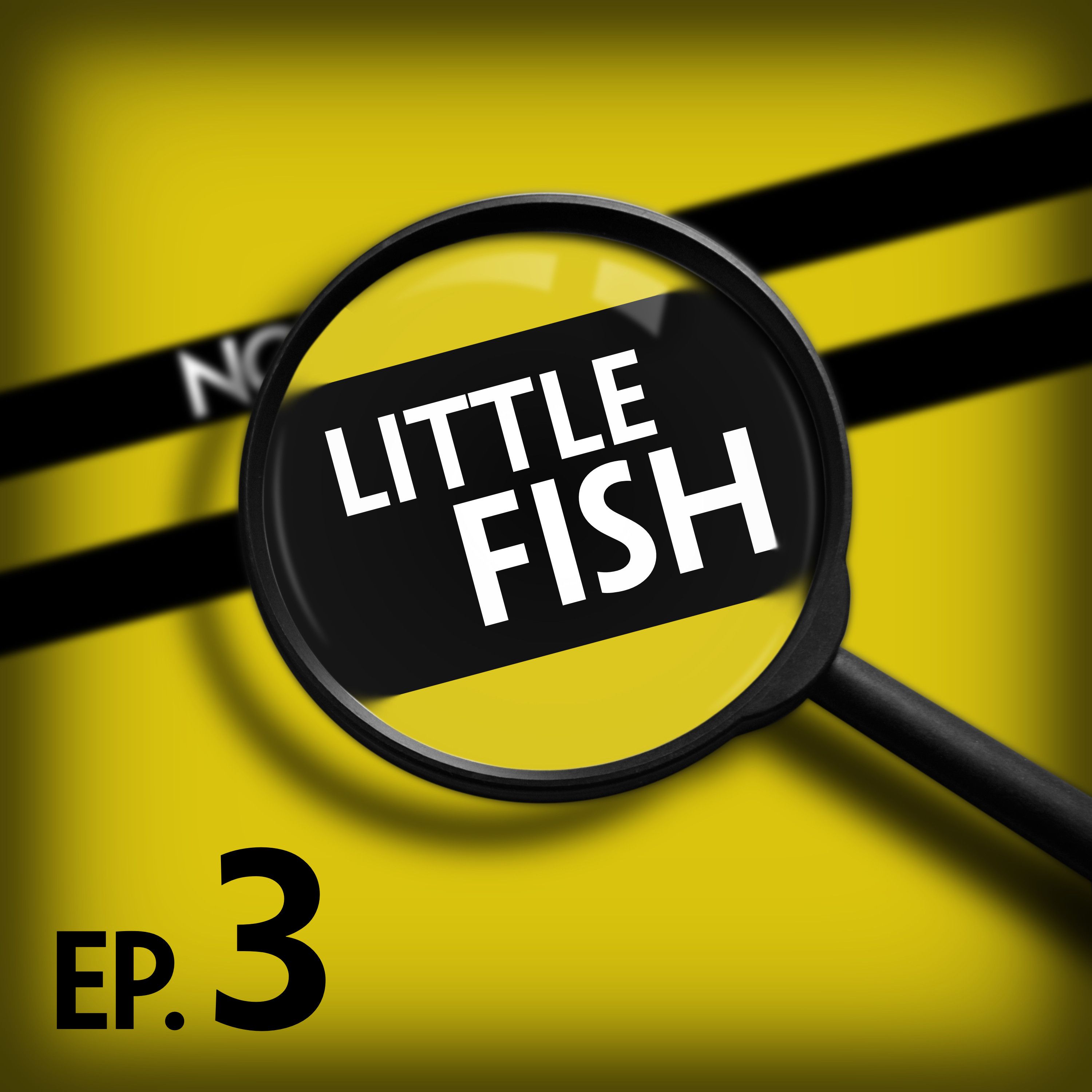437: No Such Thing As A Face Mite With A Laptop
Dan, James, Andy and Anna discuss mites, miles, Mayflowers and mucky movies. Visit nosuchthingasafish.com for news about live shows, merchandise and more episodes.
Press play and read along
Transcript
Transcript is processing—check back soon.
No Such Thing As A Fish — 437: No Such Thing As A Face Mite With A Laptop
